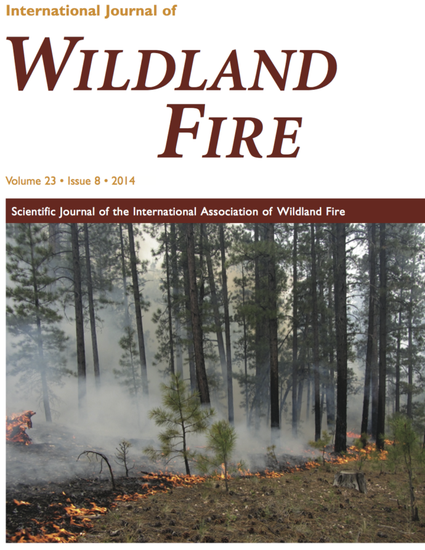
Smoke emissions from wildland fires contribute to concentrations of atmospheric particulate matter and greenhouse gases, influencing public health and climate. Prediction of emissions is critical for smoke management to mitigate the effects on visibility and air quality. Models that predict emissions require estimates of the amount of combustible biomass. When measurements are unavailable, fuel maps may be used to define the inputs for models. Mapped products are based on averages that poorly represent the inherent variability of wildland fuels, but that variability is an important source of uncertainty in predicting emissions. We evaluated the sensitivity of emissions estimates to wildland fuel biomass variability using two models commonly used to predict emissions: Consume and the First Order Fire Effects Model (FOFEM). Flaming emissions were consistently most sensitive to litter loading (Sobol index 0.426–0.742). Smouldering emissions were most often sensitive to duff loading (Sobol 0.655–0.704) under the extreme environmental scenario. Under the moderate environmental scenario, FOFEM-predicted smouldering emissions were similarly sensitive to sound and rotten coarse woody debris (CWD) and duff fuel components (Sobol 0.193–0.376). High variability in loading propagated to wide prediction intervals for emissions. Direct measurements of litter, duff and coarse wood should be prioritised to reduce overall uncertainty.
